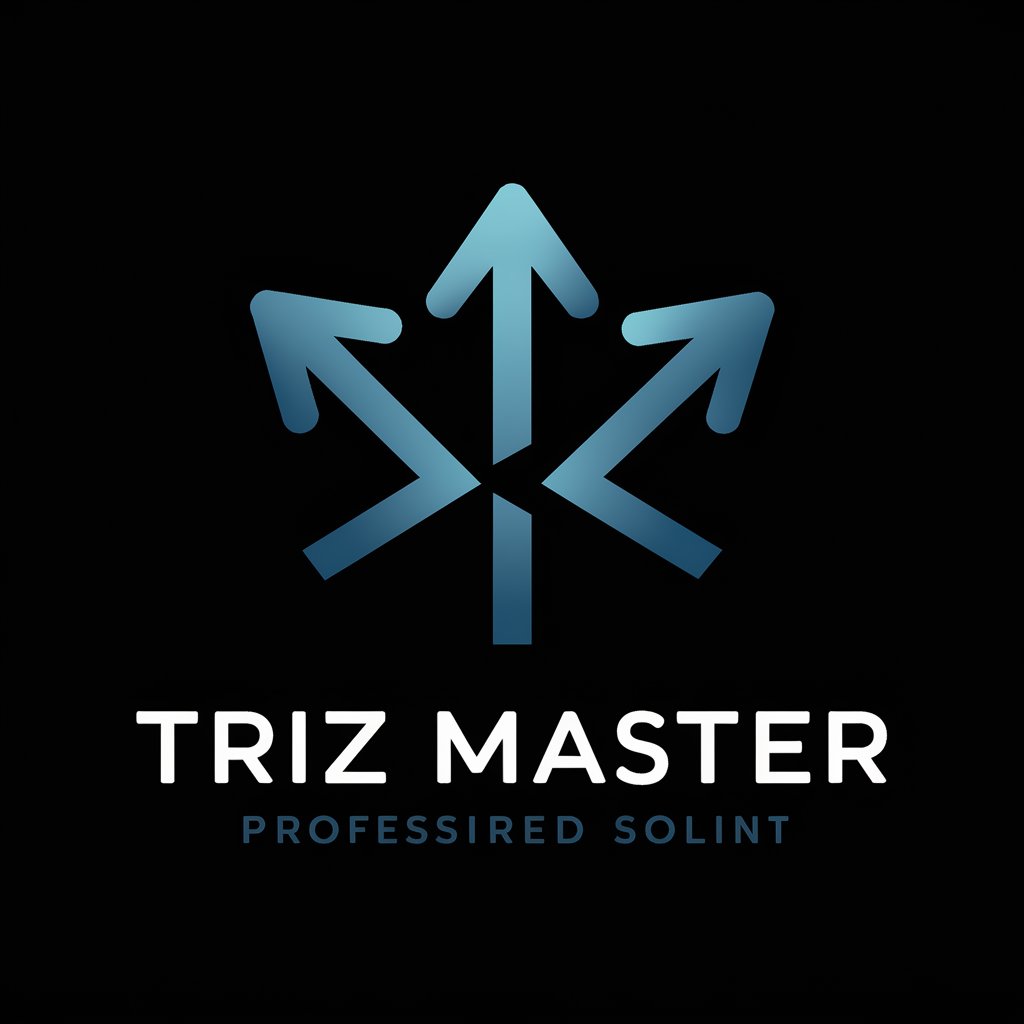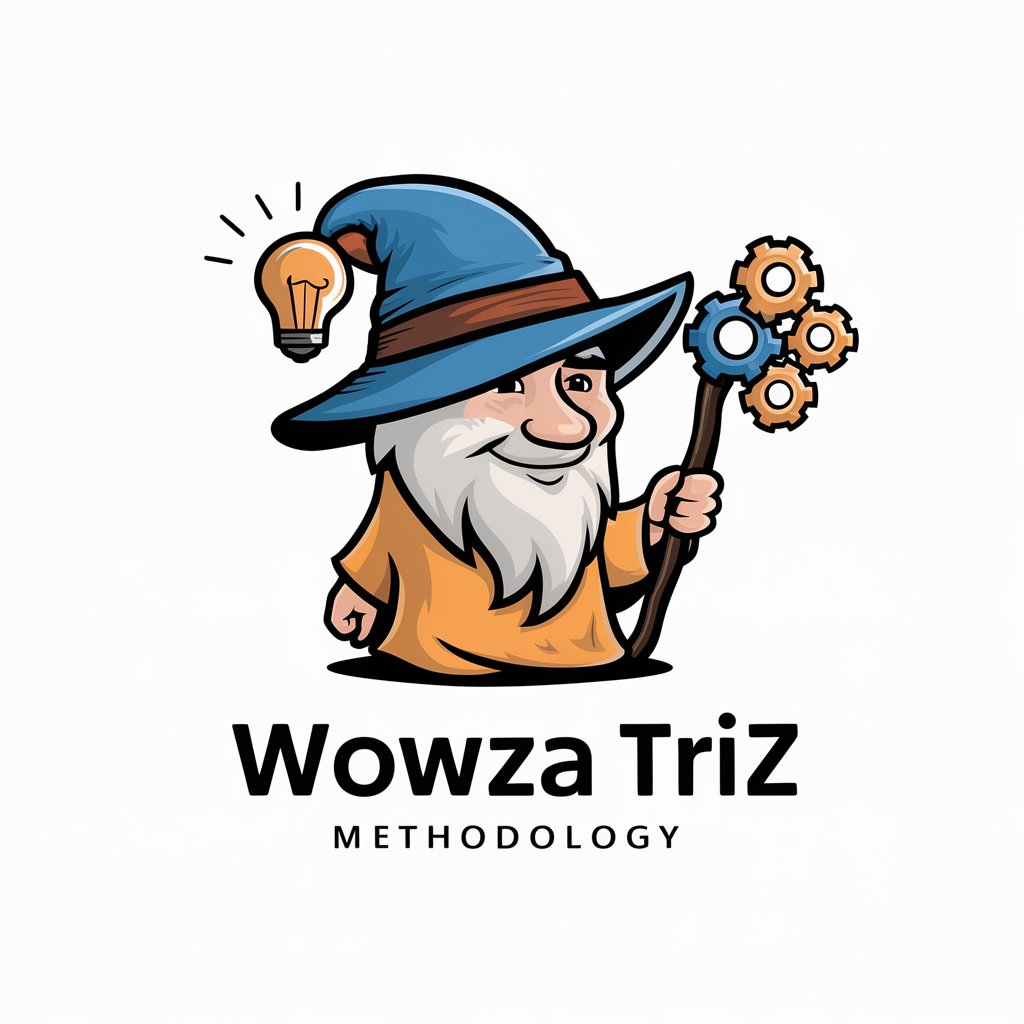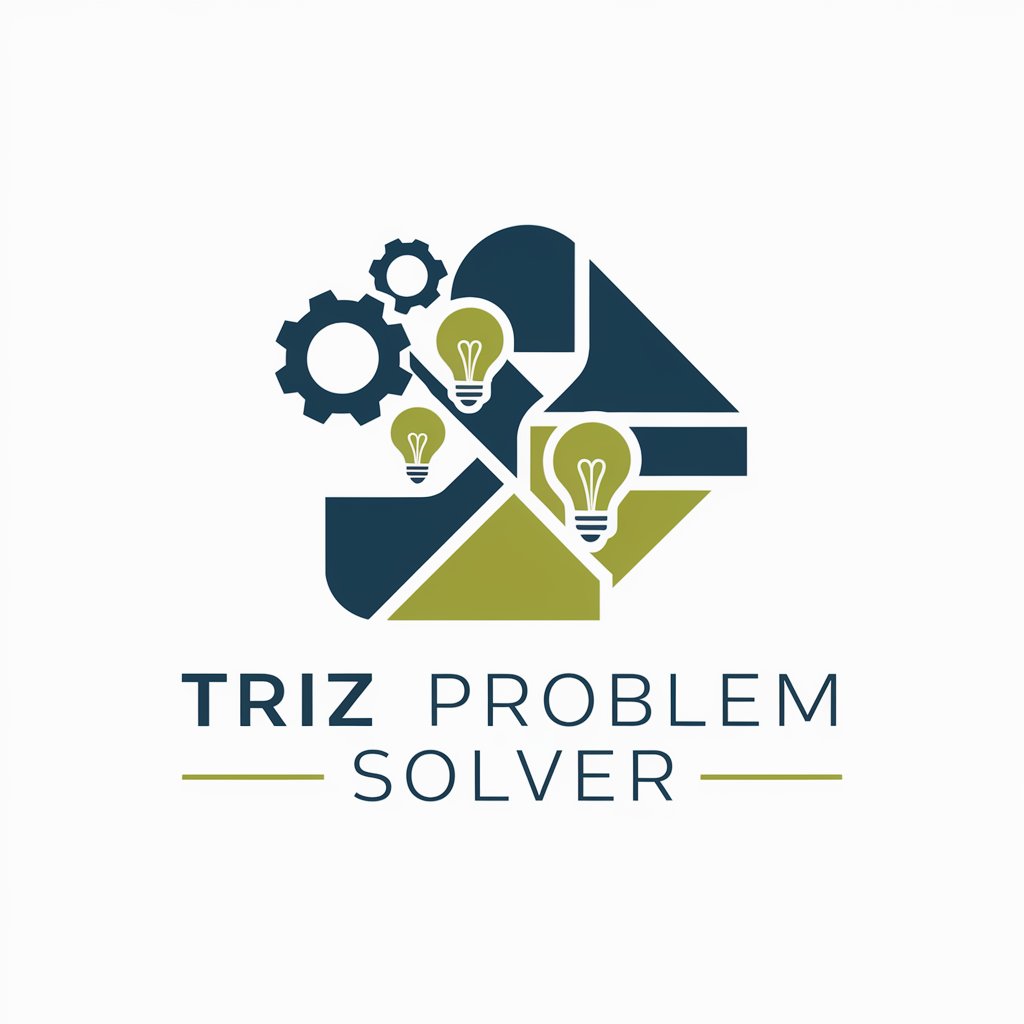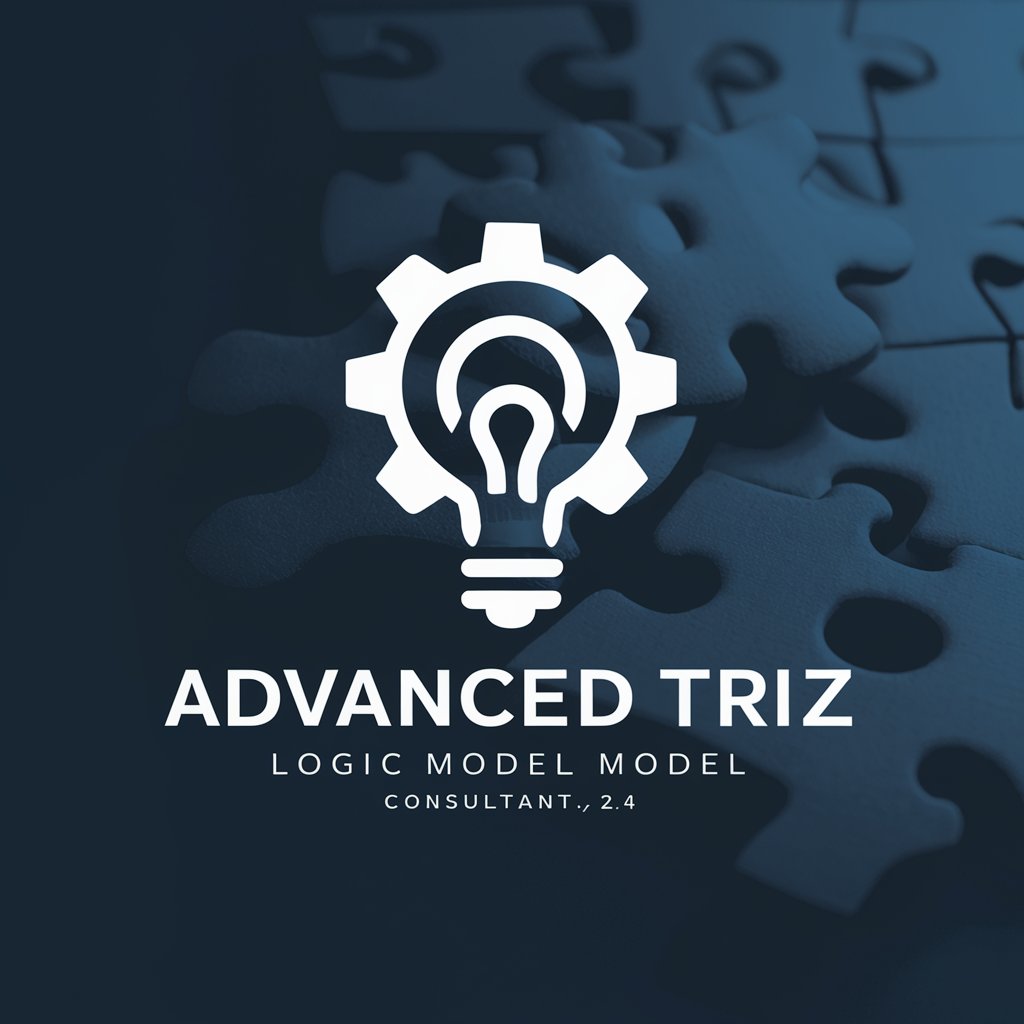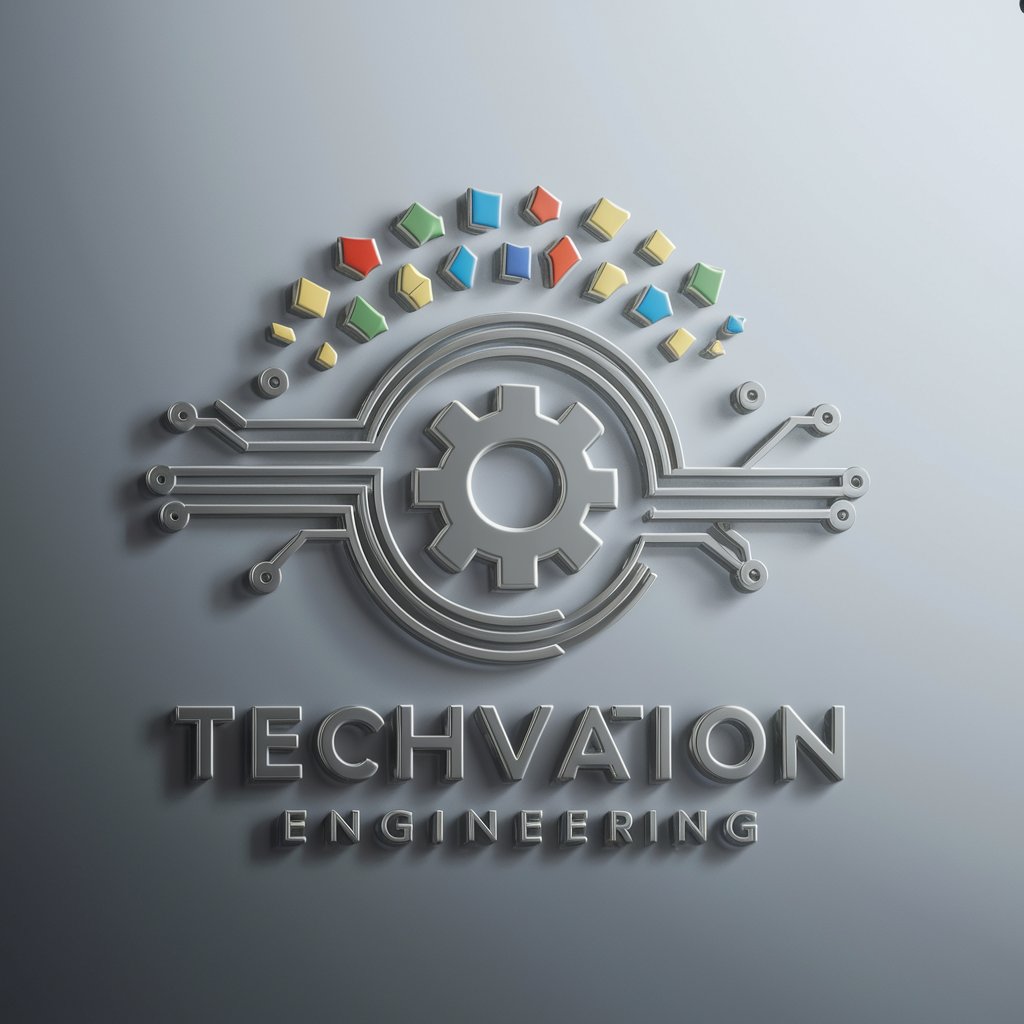
TRIZ Function Analysis - TRIZ Analysis Tool
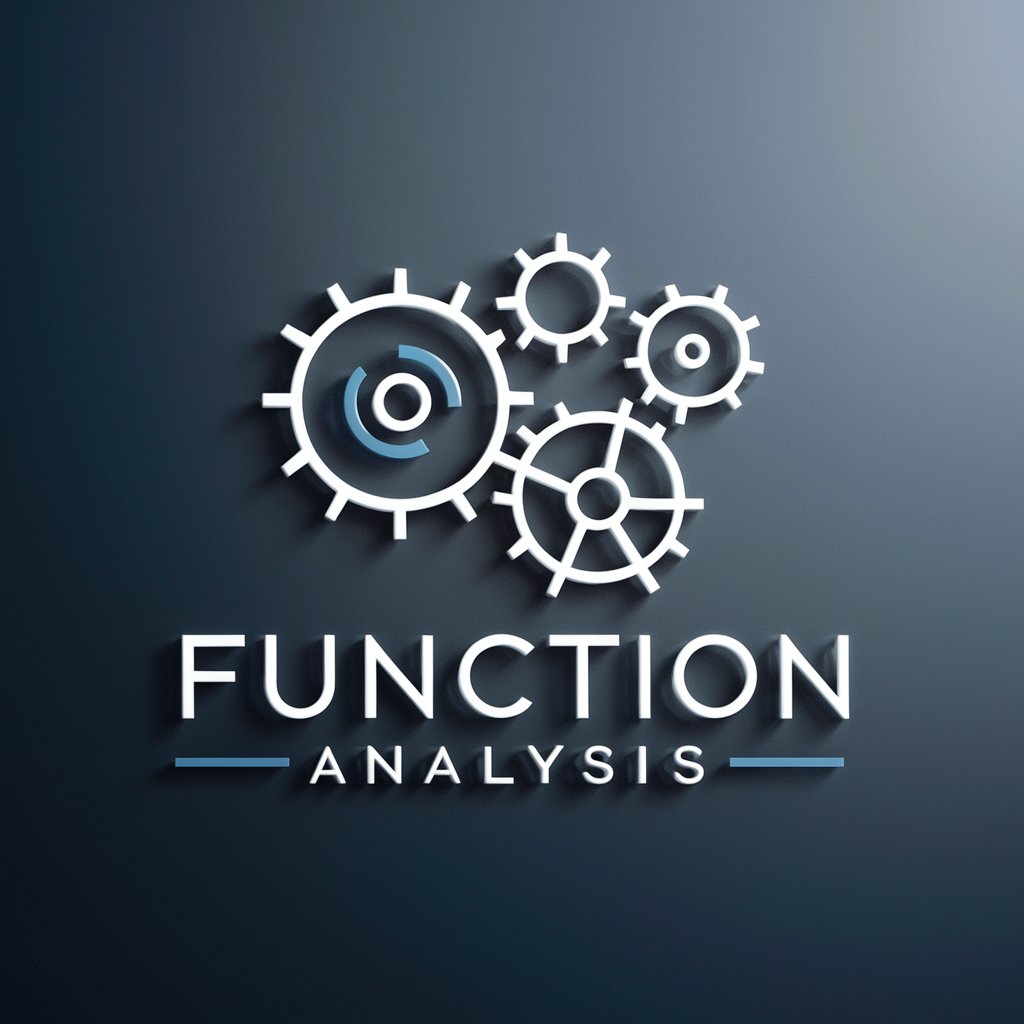
Welcome to Function Analysis GPT. Let's break down systems together.
Innovate with AI-powered TRIZ Function Analysis
Analyze the primary function of a
Describe the main components of a
Identify the main purpose and targets of a
Explain how the function of a
Get Embed Code
Introduction to TRIZ Function Analysis
TRIZ Function Analysis is a systematic approach aimed at understanding and improving engineering systems by identifying and analyzing the functions within a system, their interactions, and the problems or contradictions they may present. This method, rooted in the Theory of Inventive Problem Solving (TRIZ), emphasizes the identification of the main functions of a system, categorization of these functions as useful, harmful, or excessive, and the analysis of the system's components and their interactions. An example of TRIZ Function Analysis could involve a simple mechanical pencil: the main function is to provide a writing capability by mechanically advancing the lead. The analysis would identify the pencil's components (lead, spring, button, etc.), their actions (advance, retract, hold), and the objects of these actions (lead, internal chamber, user's hand), aiming to optimize the writing process while minimizing lead breakage or unnecessary complexity. Powered by ChatGPT-4o。

Main Functions of TRIZ Function Analysis
Identification of System Components
Example
In a smartphone, components include the display, battery, processor, and camera.
Scenario
Analyzing how each component contributes to the device's overall functionality, such as display for output, battery for power, and camera for capturing images.
Analysis of Functional Interactions
Example
In a car braking system, the main components interact to decelerate the vehicle.
Scenario
Function analysis examines how the brake pedal, hydraulic fluid, brake pads, and discs work together to convert the driver's action into physical force that slows the car.
Identification and Resolution of Contradictions
Example
A laptop's need for high processing power versus its need for long battery life.
Scenario
Function analysis identifies this contradiction and explores solutions, such as optimizing software or hardware innovations to balance performance and energy consumption.
Elimination of Harmful Functions
Example
In manufacturing, harmful vibrations in machinery can lead to wear and tear.
Scenario
Function analysis can be used to identify the source of vibrations and redesign components or introduce dampers to mitigate this harmful effect.
Ideal Users of TRIZ Function Analysis
Engineers and Designers
Professionals involved in product design and development across industries benefit from TRIZ Function Analysis by gaining insights into how to innovate, optimize, and troubleshoot engineering systems.
Product Managers
Product managers use TRIZ to understand the functional aspects of products under their purview, making informed decisions about product features, improvements, and market positioning.
Researchers and Academics
Academics and researchers in engineering and design fields leverage TRIZ Function Analysis for studying system designs, exploring new solutions to complex problems, and teaching innovative problem-solving methods.
Quality Assurance Specialists
Quality assurance professionals apply TRIZ to identify and eliminate system weaknesses, ensuring product reliability and performance meet high standards.

Guidelines for Using TRIZ Function Analysis
1
Sign up for a free trial at yeschat.ai, offering instant access without the need for a ChatGPT Plus subscription or login.
2
Familiarize yourself with TRIZ principles and terminology. Understanding the basics of TRIZ, such as inventive principles, contradiction matrix, and function analysis, is crucial.
3
Define the problem or innovation challenge. Clearly identify the technical system or product you wish to improve, focusing on its main functions and potential issues.
4
Conduct a function analysis. Map out the interactions between components of the system, identifying useful and harmful functions, as well as opportunities for improvement.
5
Apply TRIZ inventive principles. Use the insights gained from the function analysis to apply relevant TRIZ principles and develop innovative solutions to the identified problems.
Try other advanced and practical GPTs
Skin Care Buddy
Empowering your skincare journey with AI.

Quora Sage
Unlock Expert Answers with AI

File Type Converter
Transform files effortlessly with AI
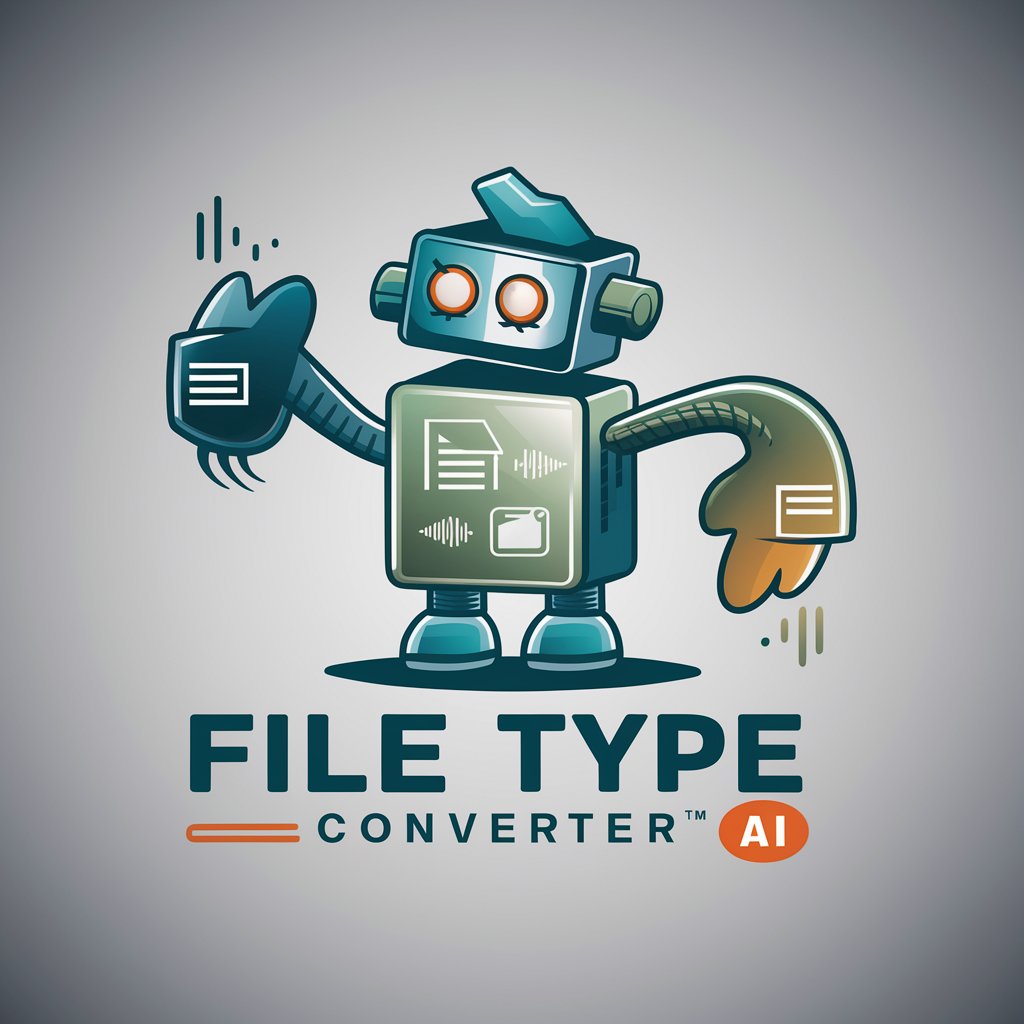
HVAC Helper
Empowering HVAC solutions with AI

Dan's Summary Fetcher
Instantly summarize any article with AI.

Lyric Finder
Unveil Songs with AI-Powered Lyric Finder

The Infinite Jester
Crafting vivid narratives with AI-powered imagery.

GPT Prompt Composer
Inspiring writers with AI-powered prompts

Poem on Demand
Bringing poetry to life with AI

Spreadsheet Sidekick
Empower your data with AI-driven spreadsheet guidance.

Luna
Bringing Your Ideas to Life with AI

cover letter templates
Craft tailored cover letters with AI

FAQs on TRIZ Function Analysis
What is TRIZ Function Analysis?
TRIZ Function Analysis is a systematic approach used in the Theory of Inventive Problem Solving (TRIZ) to identify and understand the interactions and functions within a system, aiming to uncover problems and innovative solutions.
Why use TRIZ Function Analysis?
It helps to systematically identify and solve engineering and technical problems by analyzing the functions of components within a system, leading to innovative solutions and improvements.
What are the prerequisites for performing TRIZ Function Analysis?
A basic understanding of TRIZ principles, familiarity with the system or product being analyzed, and a clear definition of the problem or improvement objective.
Can TRIZ Function Analysis be applied to non-technical fields?
Yes, while originally developed for engineering and technical disciplines, TRIZ principles, including function analysis, have been successfully applied in business, marketing, and other non-technical fields.
What are common pitfalls in TRIZ Function Analysis?
Common pitfalls include inadequate system understanding, focusing too narrowly on specific components without considering the system as a whole, and overlooking harmful functions or interactions.
